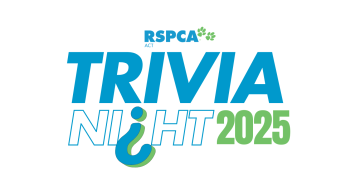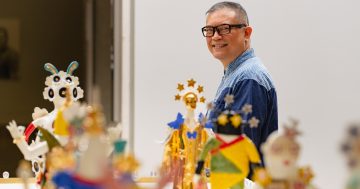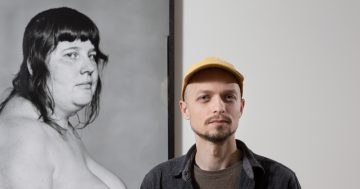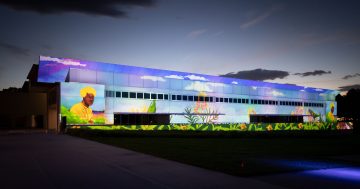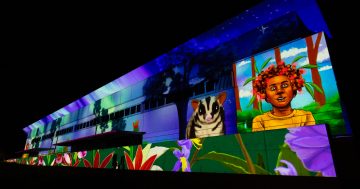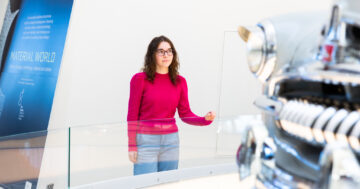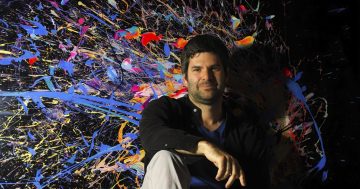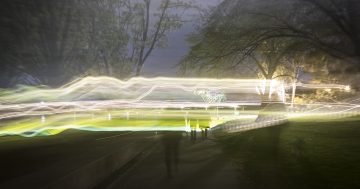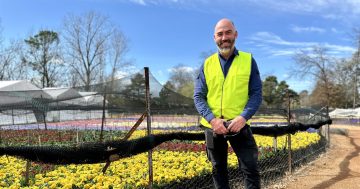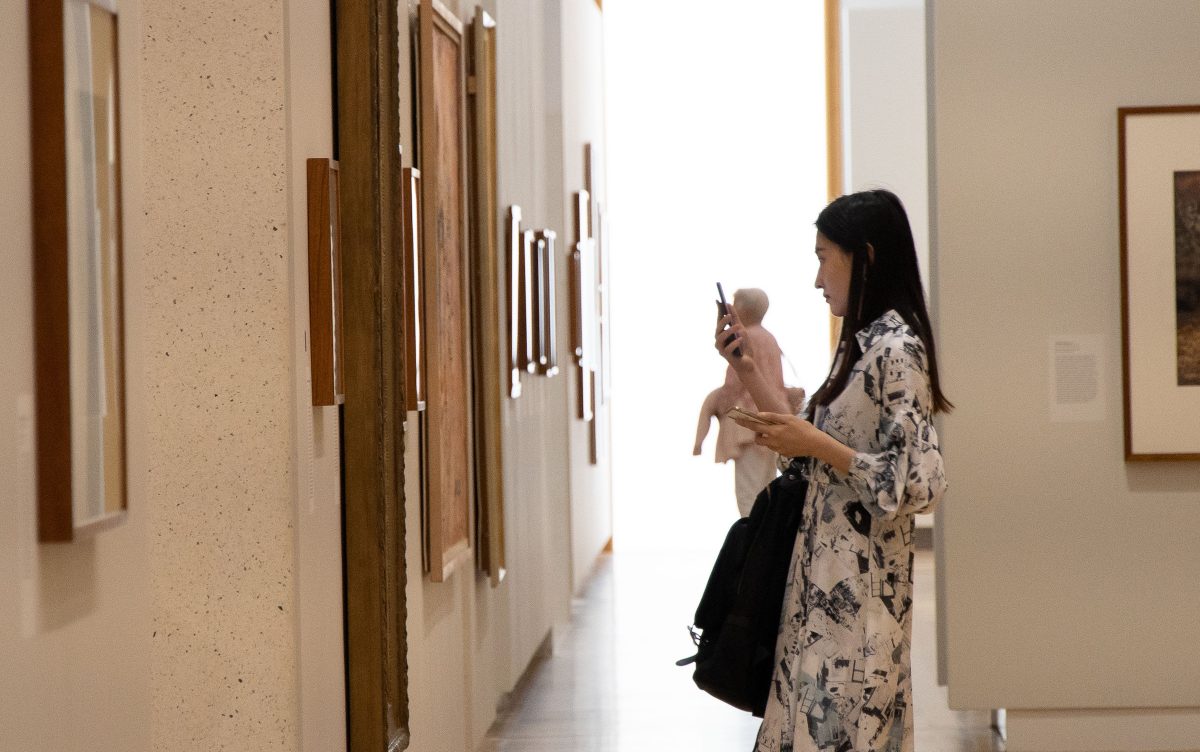
The NPG’s digital partner, Stripy Sock, works closely with the Gallery to find technological solutions that enhance the visitor experience. Photo: NPG.
It’s no stretch to say that Stripy Sock app developer Adam Cooper has become an unofficial team member of the National Portrait Gallery (NPG) – he has roamed the halls at least once a week for about eight years.
In an era of digital transformation, the ubiquitousness of this ‘techy type’ at the national institution is not simply a feature of their digital partnership – it’s integral to its success.
“Technology for technology’s sake will never work. In a place like the NPG, the experience and content has to lead the development of any tech,” National Portrait Gallery director of digital Gillian Raymond says.
“In my experience in the culture sector, failures tend to result from ‘non-techy’ people like us creating a brief for a technological solution to a problem with no input from those developing it.
“Adam is on-site weekly and goes from gallery to gallery to see how things are working, talks to front-of-house to gather ideas for enhancements to our apps … That kind of deep understanding of our aims yields solutions that work for our audiences.”
Founded by Jake MacMullin, a former BBC and ABC developer whose forward-thinking led to iView, Stripy Sock builds mobile apps with a view to helping people.
“We’re not about building social media or mindless games. We want to build things that have a positive impact on people’s lives – like a physiotherapy app that could help people regain motion, or in this case, to enhance the visitor experience at one of our great cultural institutions,” Adam says.
Over the years, the tech innovators have introduced numerous apps to the NPG to evolve the way visitors interact with the collection. Visitors borrow iPads from the Gallery to use the app most suited to them.
One app called Mission to Mars acts as an icebreaker for corporate guests to the NPG, which prompts them to choose five ‘crew members’ from the collections and identity the roles that person would play and why.
“It gives them a springboard to discuss not just the artists and subjects at the NPG but also what makes a good team,” Adam says.
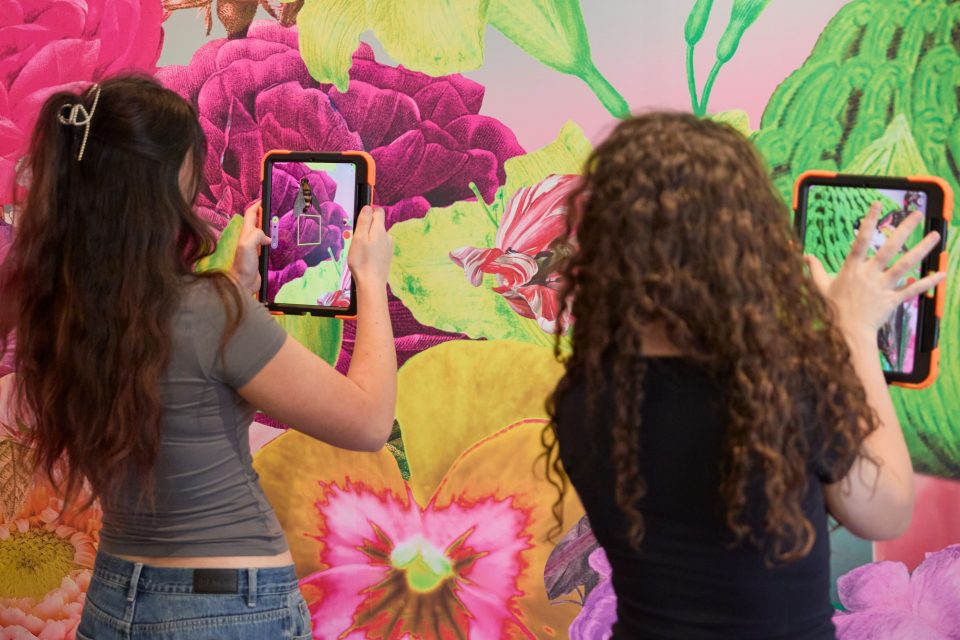
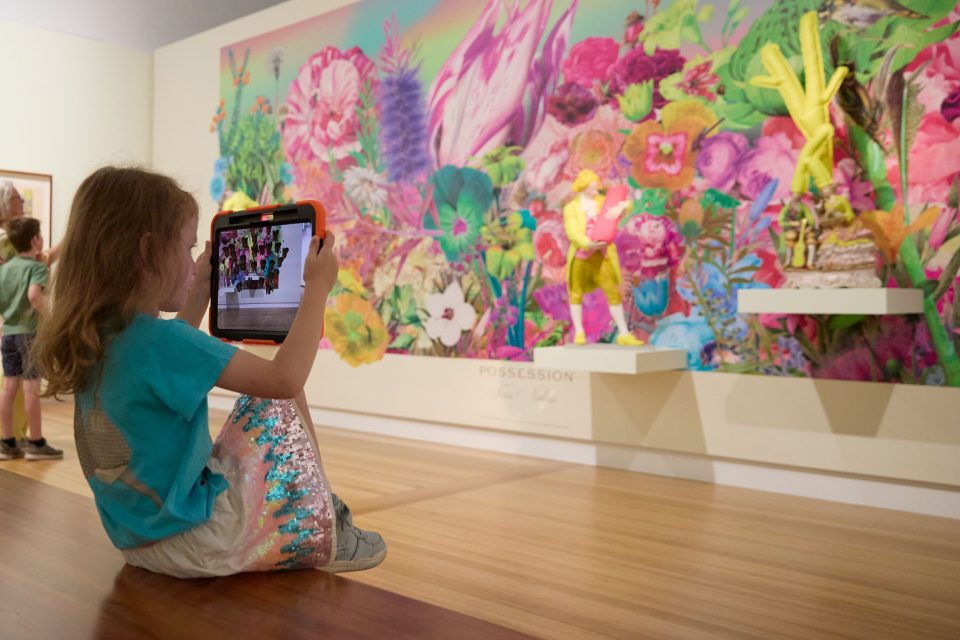
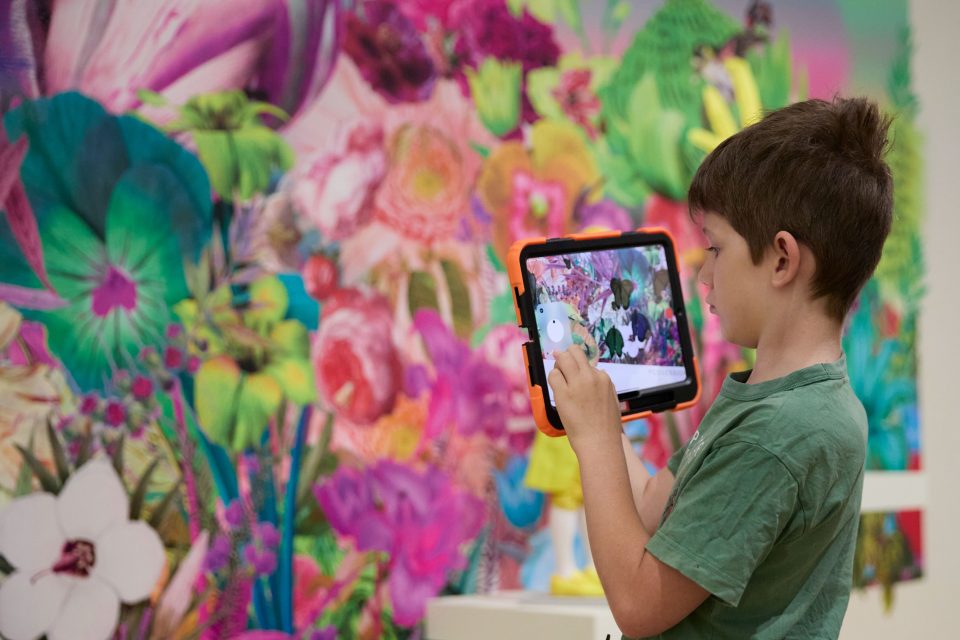
More recently, Australian artist Joan Ross worked directly with Stripy Sock to develop an augmented reality (AR) app that allowed kids to interact with her NPG exhibition via an iPad.
“Children can ‘smother’ her artworks in digital butterflies and insects – a swarm that obliterates the art – and then set them free,” she says.
“Joan had never worked with AR, and it was our first time as well. Now it’s an important part of the exhibition.”
The Stripy Sock ‘Head Hunt’ app for school students has become one of the most popular facilitated programs in the history of the Gallery. It provides jumping-off point stimuli that propel them into the Gallery to find a portrait they like, answer questions, take photos and record audio, all of which is sent to the teacher to fuel further discussion.
Gillian says it has proven that young audiences are more receptive and engaged when given an active role in their own learning.
“They’re so used to entering spaces like this and being told ‘Keep quiet, don’t touch’. But if you put a piece of tech in their hands and say ‘Go free, choose something that speaks to you and interrogate it’, it flips that model on its head,” she says.
“Now you have engaged children walking quickly, moving with excitement and enthusiasm in the space. It’s noisy, it’s collaborative, it’s everything we want the National Portrait Gallery to be.”
Adam says weekly catch-ups with the NPG’s digital, curatorial, access and learning teams have given him a holistic view of their digital needs. This has allowed them to develop solutions that are fast becoming integral to the gallery’s audience experience.
Perhaps the most obvious example of this is an app that started as an aid to an exhibition.
“Dark, moody walls were part of the experience of this particular exhibition, but the visitor experience team found people couldn’t read the labels, so we scrambled to make an app originally called ‘Liberate the Labels’, which allowed people to read them on their phones,” Adam says.
“We had made another app for the National Library of Australia using an archive of interviews with Australian artists, performers and scientists, and the NPG had the idea of pairing those interviews and audio descriptions with sitters and subjects in the Gallery.”
The ‘In their own words’ app allowed viewers to access audio descriptions as they scanned a photo on the wall. This was eventually iterated into Portrait Stories, an app that is transforming the NPG experience today.
The National Portrait Gallery is located at King Edward Terrace, Parkes. The gallery is open every day (except Christmas) from 10 am to 5 pm.
